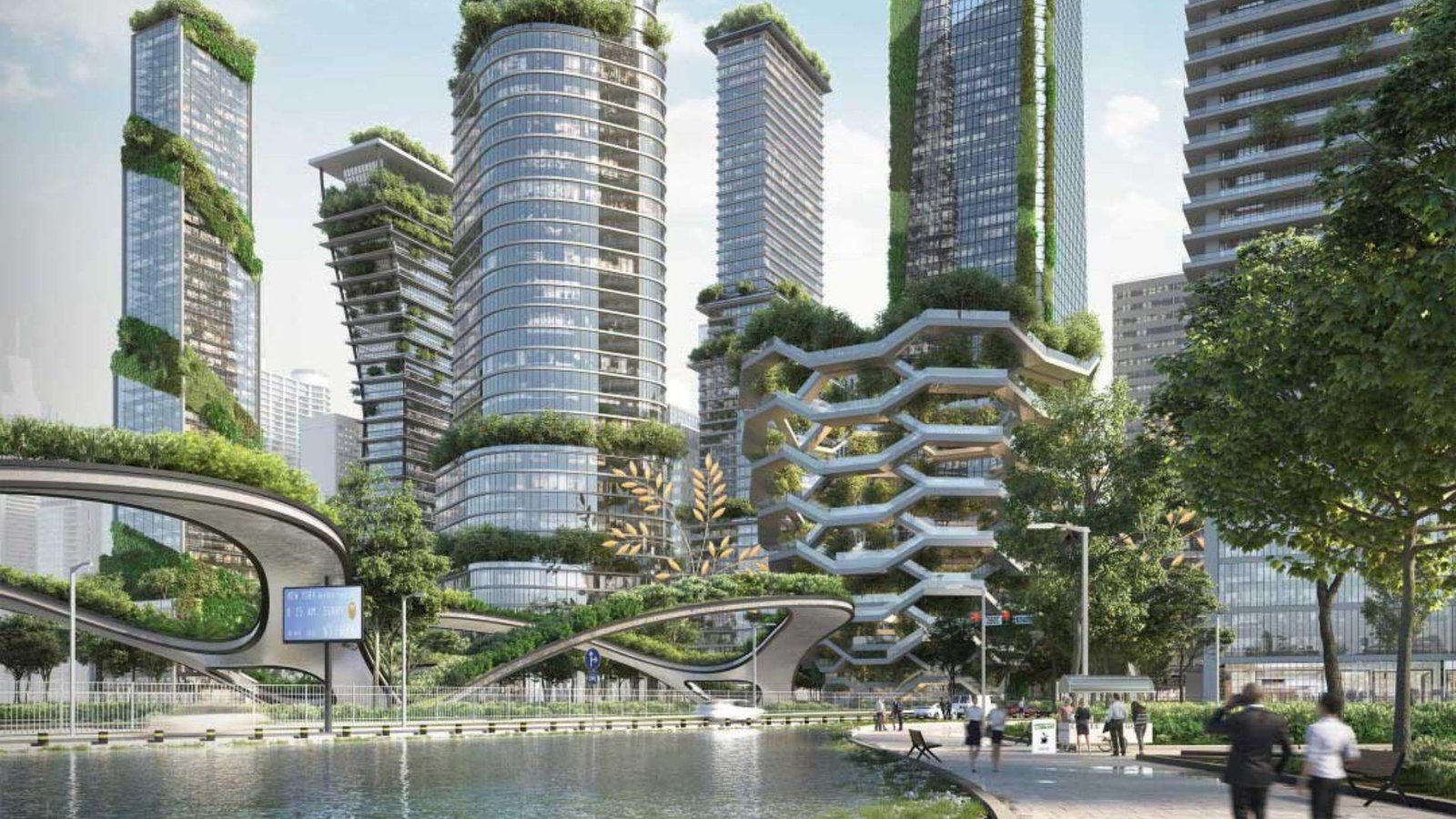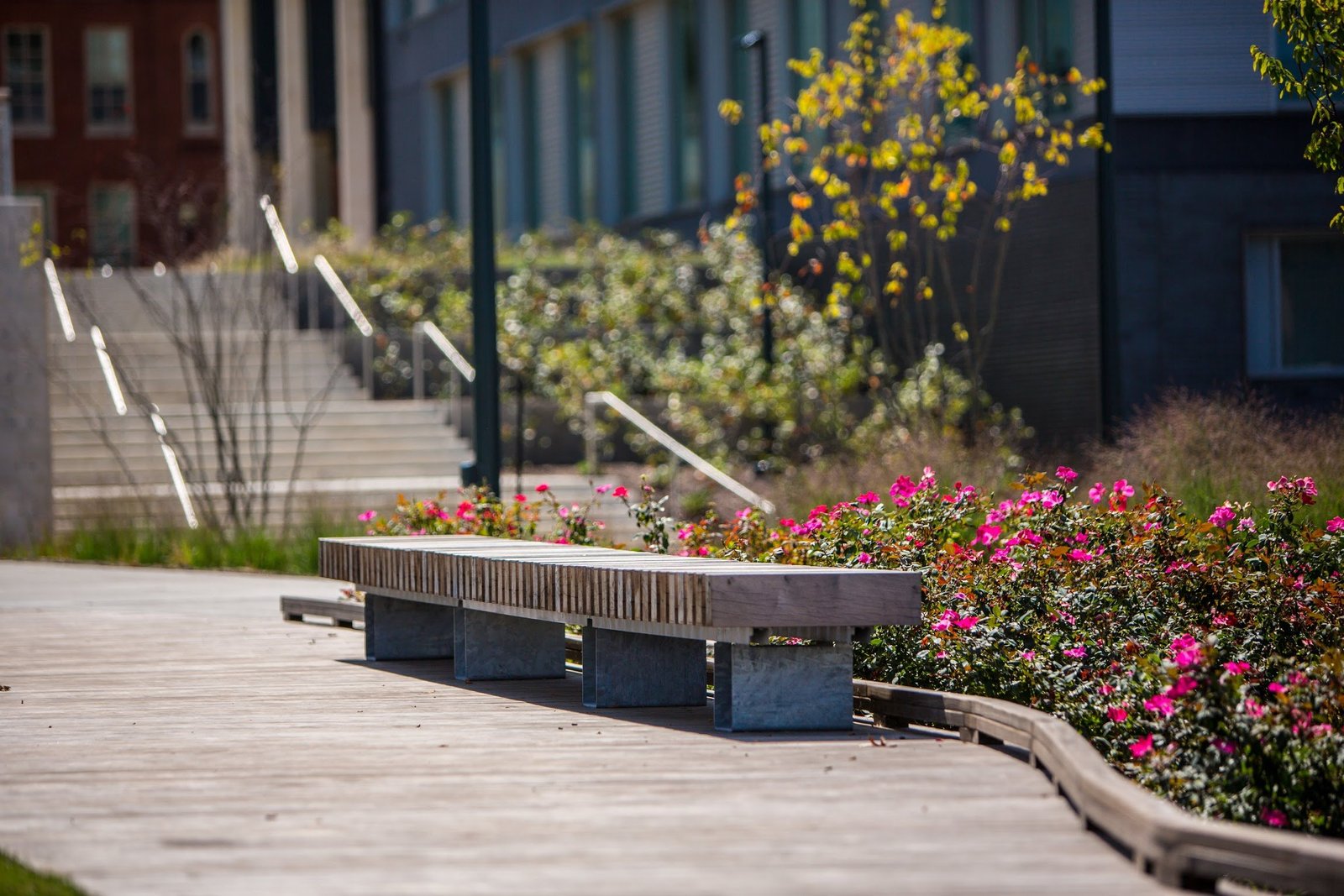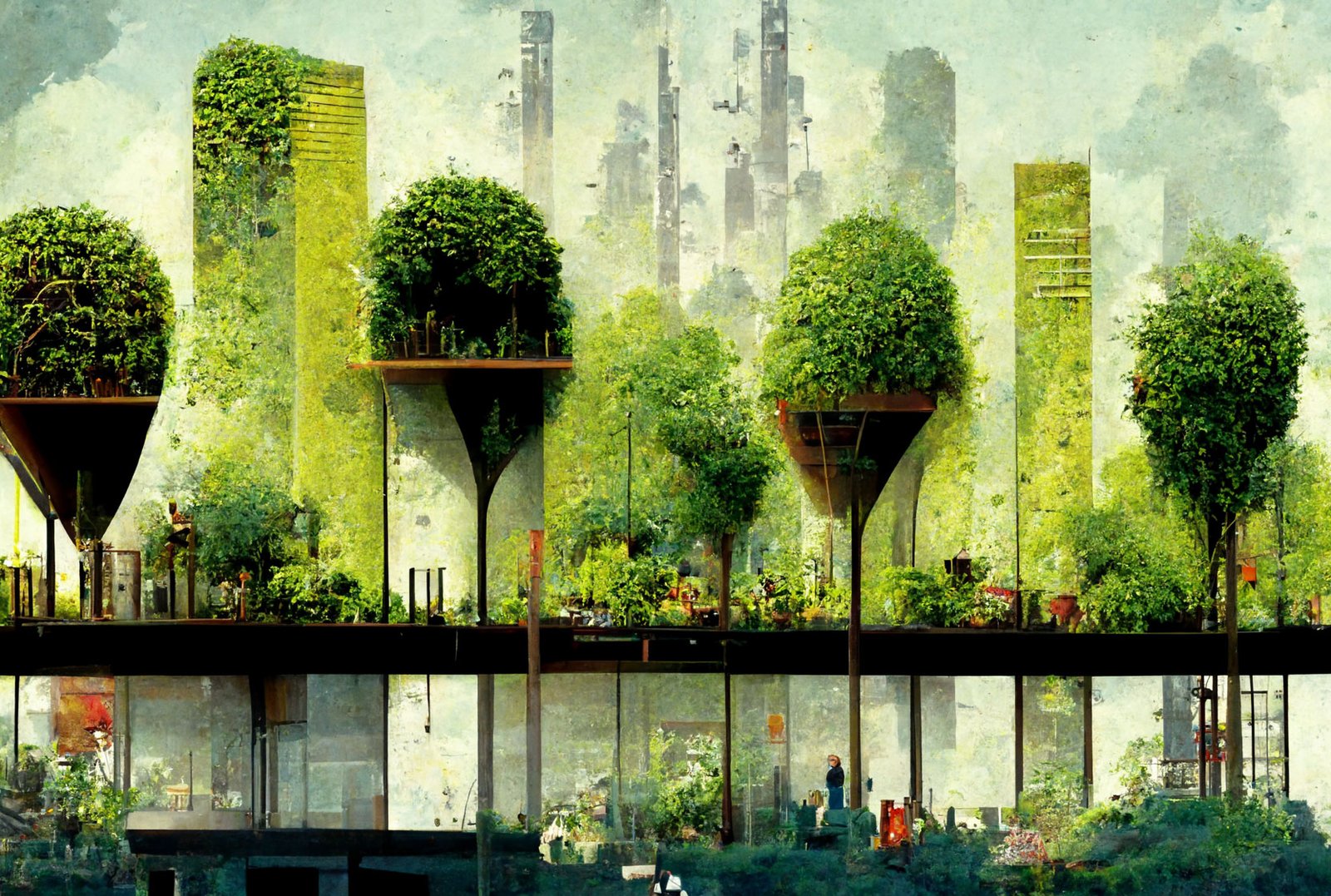Landscape architecture plays a critical role in shaping the look, feel, and function of urban spaces. As cities grow and evolve, landscape architecture in cities helps create environments that are not only aesthetically pleasing but also sustainable and functional. In this article, we’ll explore why landscape architecture is essential for cities and how it can improve the quality of life for their residents.

What is Landscape Architecture?
Landscape architecture is the art and science of designing outdoor spaces. It involves planning and designing parks, streetscapes, plazas, gardens, and other public areas to create environments that are beautiful, practical, and environmentally sustainable. Landscape architects focus on the relationship between people and their surroundings, ensuring that spaces are both useful and enjoyable for everyone who uses them.
Enhancing Urban Aesthetics
One of the key benefits of landscape architecture in cities is the improvement of visual appeal. Cities with thoughtful landscape designs are more welcoming and pleasant to live in. A well-designed park, tree-lined street, or public plaza can transform an otherwise dull or industrial area into an inviting space. These green spaces not only provide beauty but also give people a chance to connect with nature, even in urban settings.
For example, adding plants, trees, and water features to urban landscapes can create an atmosphere of calm and serenity. These spaces serve as much-needed oases, offering a break from the busy and often noisy city environment. In addition, well-maintained landscapes can increase property values and attract tourism, benefiting the local economy.
Promoting Sustainability and Environmental Protection
Another important role of landscape architecture is its contribution to sustainability. Landscape architecture in cities helps reduce the environmental impact of urban development. Thoughtfully designed landscapes can manage stormwater, improve air quality, and reduce the urban heat island effect.
Green spaces like parks and rooftop gardens help absorb rainwater, reducing the risk of flooding. Trees and plants also filter air pollutants, improving overall air quality. Additionally, strategically placed green spaces can lower temperatures in urban areas by providing shade and reducing the amount of heat absorbed by concrete and asphalt. This contributes to energy savings by reducing the need for air conditioning in surrounding buildings.
Enhancing Public Health and Wellbeing
Landscape architecture also has a profound impact on public health. Urban green spaces encourage outdoor activities such as walking, jogging, and cycling, promoting physical fitness. People who spend time in parks and natural environments tend to experience lower levels of stress and anxiety, contributing to overall mental health and well-being.
Studies show that access to nature can improve mood, reduce stress, and increase feelings of happiness. Green spaces in cities provide opportunities for social interaction and community building, helping foster stronger, more connected neighbourhoods. These spaces can also offer a sense of tranquillity and relaxation, offering a place to escape from the demands of urban life.
Facilitating Social and Cultural Interaction
Landscape architecture creates spaces where people from different walks of life can come together. Public parks, plazas, and outdoor gathering areas promote social interactions, community events, and cultural activities. These spaces serve as meeting points for people of all ages and backgrounds, fostering a sense of belonging and community.
For example, a well-designed public square can host outdoor concerts, art shows, or farmers’ markets, creating opportunities for local businesses and residents to interact. Through these gatherings, landscape architecture helps strengthen the social fabric of urban areas and provides spaces for cultural expression.
Promoting Connectivity and Mobility
Effective landscape architecture also plays a vital role in improving connectivity within cities. Well-designed public spaces, such as pedestrian walkways, bike paths, and transportation hubs, make it easier for people to move around and access key destinations.
By designing accessible and interconnected green spaces, landscape architects help create walkable cities where people can easily navigate between parks, streets, and neighbourhoods. This enhances the overall livability of a city, encouraging people to walk or cycle instead of relying on cars. Promoting these sustainable modes of transportation reduces traffic congestion and pollution, contributing to a cleaner and healthier environment.
Landscape Architecture and Climate Change Adaptation
With the effects of climate change becoming more apparent, landscape architecture plays an essential role in helping cities adapt. Landscape architects are increasingly tasked with designing spaces that can withstand extreme weather conditions, such as heavy rainfall, drought, and rising temperatures.
For instance, designing landscapes with drought-resistant plants or incorporating rain gardens and permeable paving materials can help manage water more effectively. Green roofs and urban forests can provide cooling effects during heatwaves, while also improving air quality and promoting biodiversity.
Conclusion
The importance of landscape architecture in cities cannot be overstated. It contributes to the aesthetic, environmental, social, and economic well-being of urban areas. Through thoughtful design, landscape architects create spaces that promote sustainability, improve public health, and foster community connections.
As cities continue to grow and face environmental challenges, landscape architecture will play an even more significant role in shaping our urban landscapes. By prioritizing the integration of green spaces, sustainable design, and social interaction, landscape architects help create cities that are not only functional but also livable and resilient.




